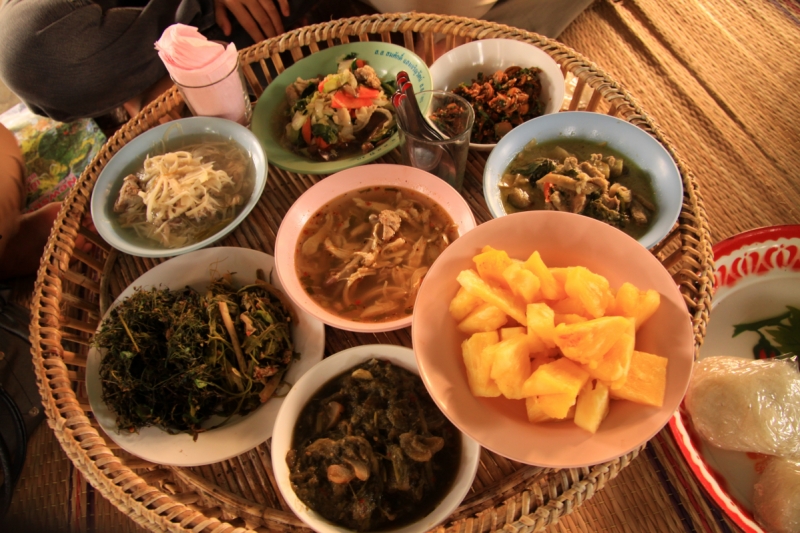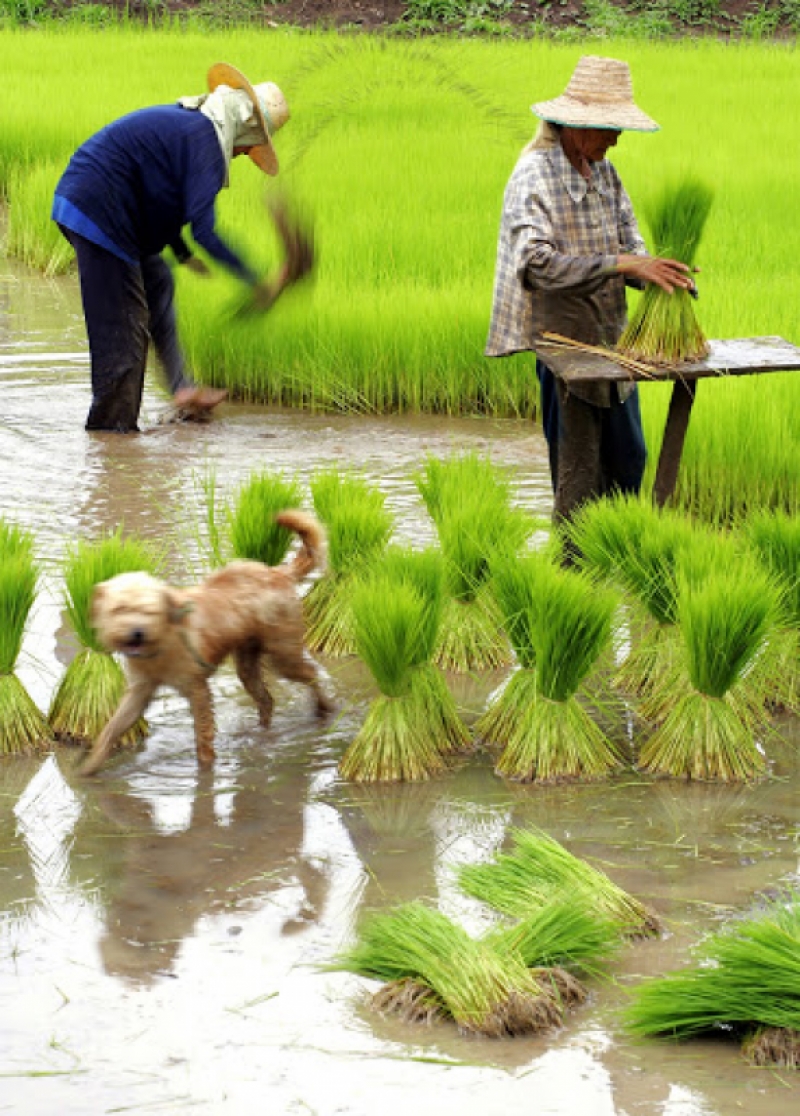




With the dawn of 2016 comes the beginning of yet another bigger challenge of improving the lives of billions of people, and this comes in the form of the Sustainable Development Goals (SDGs), the new set of development agenda formed by UN.
Why ‘Sustainable’
Adopted by the UN’s 193 Member States on 25 September 2015, the SDGs are new global goals that will succeed the MDGs. Beginning in 2016, the SDGs will come to shape national development policies for the next 15 years.
On a quick glance, one can easily notice the shift to the word ‘sustainable’. And with this change comes an all-important question – why the need to focus on sustainability?
In an article by the United Nations University (UNU) entitled "Taking Hunger Out of the Poverty Equation: Food Security and the SDGs”, they asserted that “hunger is at the heart of extreme poverty.” This was highlighted in the MDGs’ first goal: ‘Eradicate extreme poverty and hunger’, specifically to ‘halve, between 1990 and 2015, the proportion of people who suffer from hunger’ (with hunger measured by the country average of how many calories each person had access to on a daily basis, as well as the number of underweight children below the age of five). The emphasis was then on increasing the availability of food.
But again, according to UNU, while there was a huge development in this specific undertaking, efforts to meet the objectives faced “many unexpected obstacles: extreme weather events and natural disasters, volatile commodity prices, higher food and energy prices, and economic recession.” These are just the tip of the iceberg. Because of political instability in many other countries, the effects of these challenges are multiplied tenfold.
Meanwhile, the well-meaning but miscalculated global focus on food production and agricultural intensification took its toll on water, land, and other environmental resources. “Globally, since 1950 the amount of land being artificially irrigated has more than doubled, and the amounts of fertilizer and nitrogen being used have grown by five times and eight times, respectively,” said UNU. This aggravated the already alarming rate of greenhouse gas emissions; degraded land, water, and air quality; and water scarcity and water-induced conflicts.
These dilemmas, and the looming threat of food insecurity, were precisely the rationale behind the SDGs. As reported by the UNU, “the focus of the SDGs is not only on the end goal, but also on the means employed to achieve it.”
Sustainability, thus, is the keyword. Mostly due to previous experiences from the MDGs, development strategies and approaches have now evolved into something bigger – something that is not only meant for the next one and a half decades to come.
SDG’s and Food Security
Now with “sustainability” at the forefront, there is no doubt that “eradicating hunger” is not enough. The next way forward is how to make it last.
The second of the seventeen SDGs, “End hunger, achieve food security and improved nutrition, and promote sustainable agriculture”, is the UN’s provision on further promoting food security and agriculture. According to the UN website, the following suggested targets and indicators are associated with the goal:
2.1 by 2030 end hunger and ensure access by all people, in particular the poor and people in vulnerable situations including infants, to safe, nutritious and sufficient food all year round
2.2 by 2030 end all forms of malnutrition, including achieving by 2025 the internationally agreed targets on stunting and wasting in children under five years of age, and address the nutritional needs of adolescent girls, pregnant and lactating women, and older persons
2.3 by 2030 double the agricultural productivity and the incomes of small-scale food producers, particularly women, indigenous peoples, family farmers, pastoralists and fishers, including through secure and equal access to land, other productive resources and inputs, knowledge, financial services, markets, and opportunities for value addition and non-farm employment
2.4 by 2030 ensure sustainable food production systems and implement resilient agricultural practices that increase productivity and production, that help maintain ecosystems, that strengthen capacity for adaptation to climate change, extreme weather, drought, flooding and other disasters, and that progressively improve land and soil quality
2.5 by 2020 maintain genetic diversity of seeds, cultivated plants, farmed and domesticated animals and their related wild species, including through soundly managed and diversified seed and plant banks at national, regional and international levels, and ensure access to and fair and equitable sharing of benefits arising from the utilization of genetic resources and associated traditional knowledge as internationally agreed
2.a increase investment, including through enhanced international cooperation, in rural infrastructure, agricultural research and extension services, technology development, and plant and livestock gene banks to enhance agricultural productive capacity in developing countries, in particular in least developed countries
2.b. correct and prevent trade restrictions and distortions in world agricultural markets including by the parallel elimination of all forms of agricultural export subsidies and all export measures with equivalent effect, in accordance with the mandate of the Doha Development Round
2.c. adopt measures to ensure the proper functioning of food commodity markets and their derivatives, and facilitate timely access to market information, including on food reserves, in order to help limit extreme food price volatility.
As overwhelming and ambitious as they may seem, these are the specific targets that will inform the development initiatives on food security for the coming years, and they are here to stay.
What Lies Ahead in the LMR

Developmentally-speaking, the past 15 years seemed to have swept by so fast. And while the MDGs have certainly done its fair share and achieved some of its goals, the results, unfortunately, are not enough. This rings true for all parts of the world, but especially for the Lower Mekong Region (LMR).
Cambodia, Laos, Myanmar, and most notably Vietnam’s progress in the battle against hunger during the previous 15 years of the MDGs has been very promising. (Read: World Food Day and the Quest for Zero Hunger). However, the fight to conquer hunger, just like poverty, is complex and problematic. While most people would entrust this job to the government, when it comes to achieving food security, the responsibilities cannot be handled by our lawmakers alone.
It is high time that ordinary citizens do their part. Now is the time to reconsider how people grow, allocate and consume their food. Just like what the UN believes, “if done right, agriculture, forestry and fisheries can provide nutritious food for all and generate decent incomes, while supporting people-centered rural development and protecting the environment.”
A profound change in food and agriculture system is necessary if we are to nourish today’s more than 233 million (and growing) population in the LMR alone.
While the road to achieving the food security goal is daunting, people have no choice. It is not the time to settle for less.
As another fresh year blossoms, may our hopes and actions to contribute to a better, more food-secure future continually flourish.